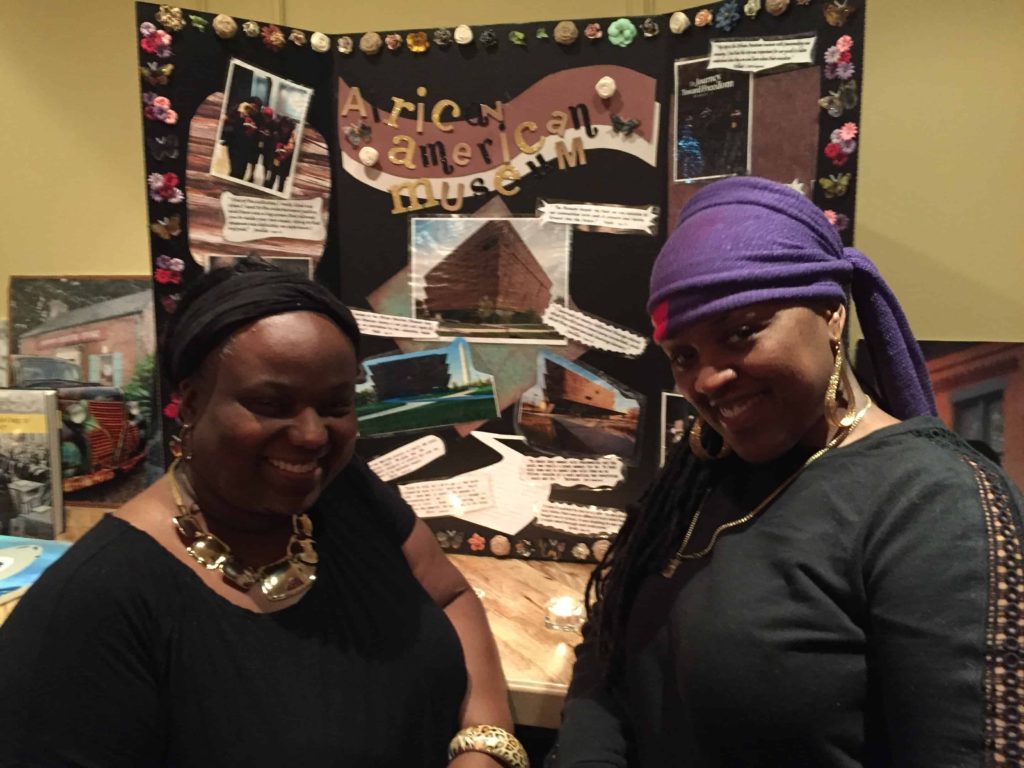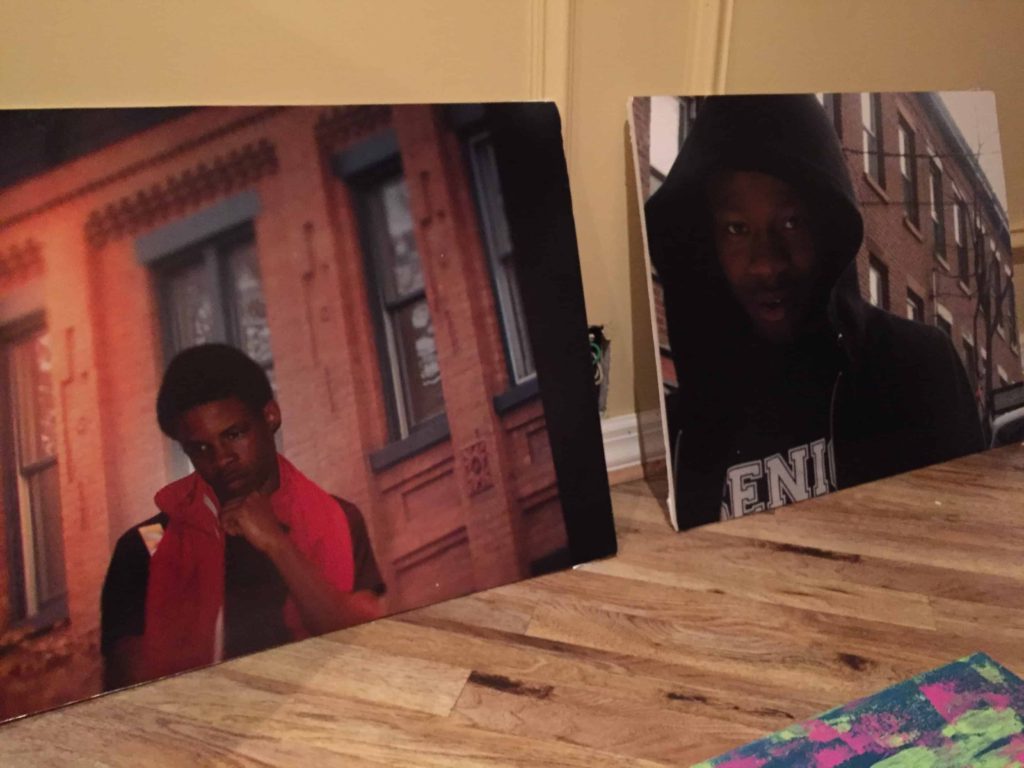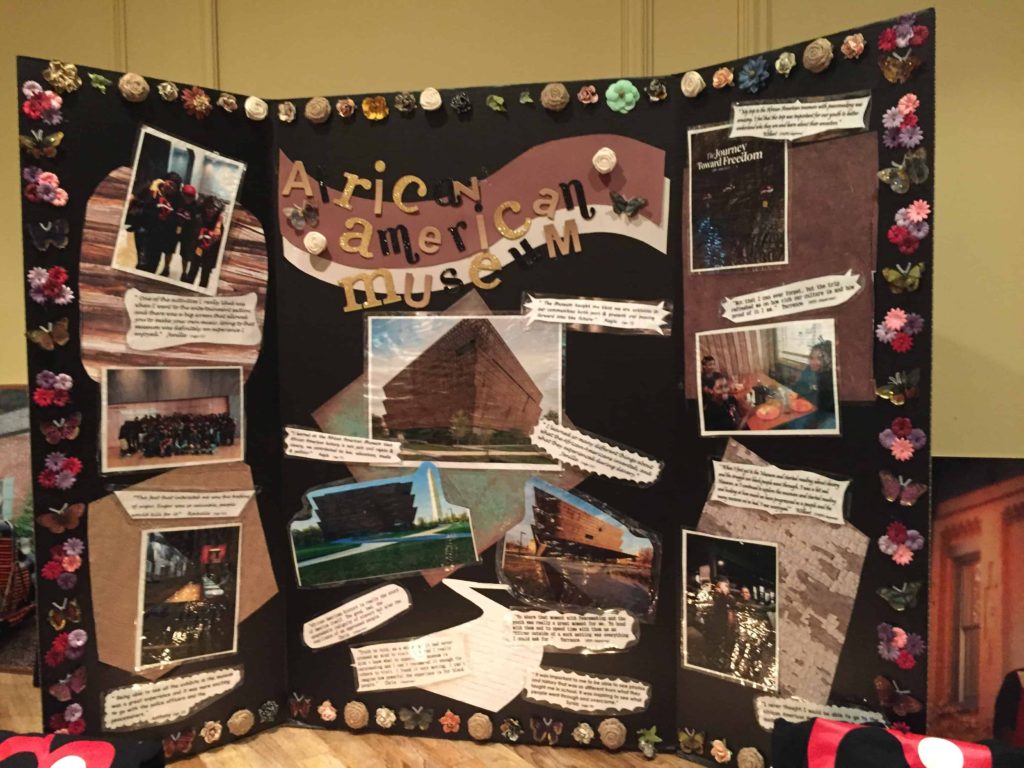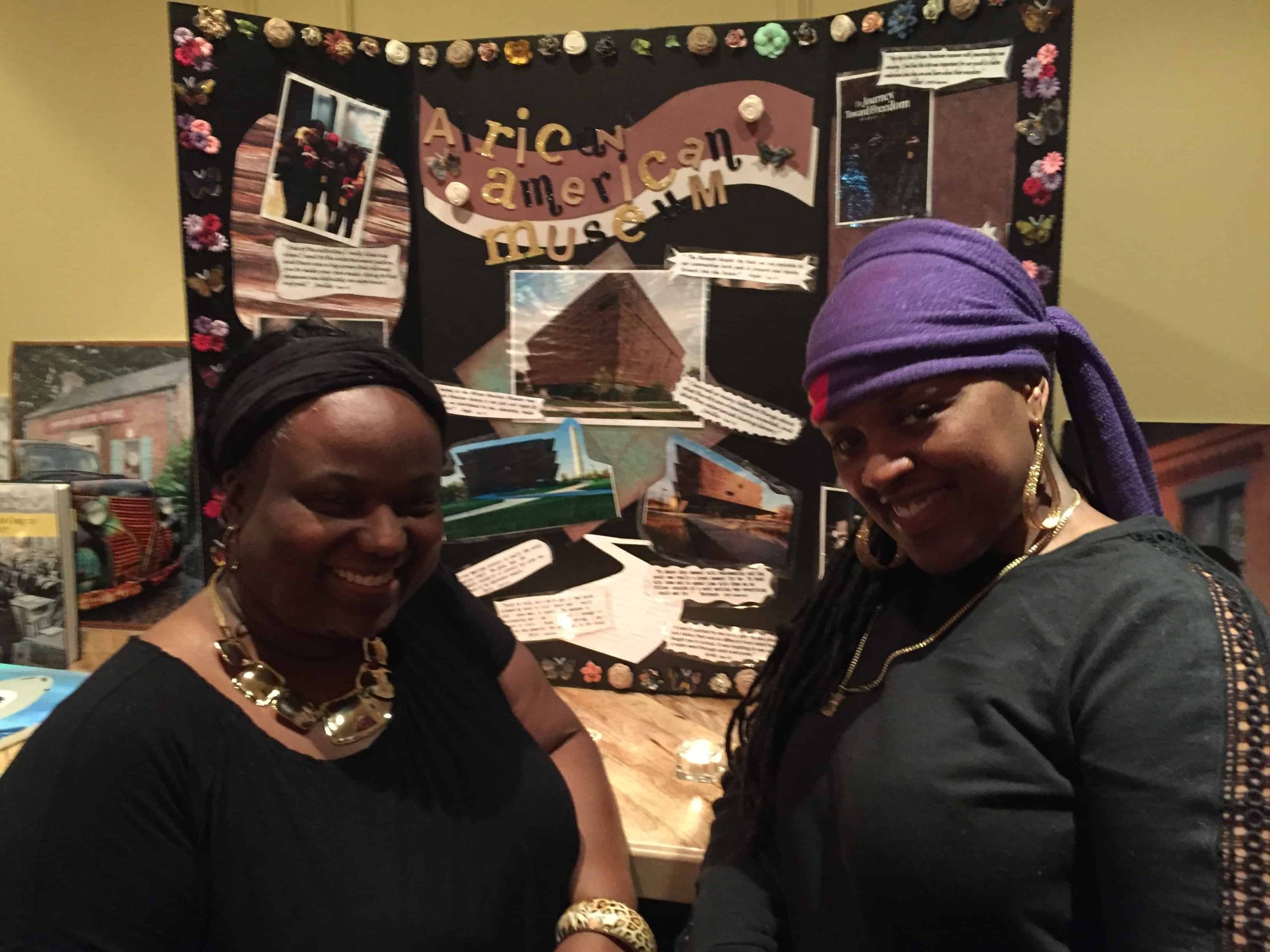
The Peacemaking Program, a highly regarded program at the Red Hook Community Justice Center, held a fundraiser to raise money for their second annual trip to the National Museum of African American History & Culture. The trip is slated to happen in August.
The Peacemaking program adapts Native American conflict resolution strategies to New York City court cases. This is the first program like this in the country.
“It is a program that trains community members as well as police officers, including some of our officers here from the 76th Precinct, to actually mediate disputes between people in the community,” Amanda Berman, Project Director at the Justice Center, said.
Rocky Sullivan’s (46 Beard Street) hosted the fundraiser on the evening of January 11.
The Peacemaking Program, run by Coleta Walker, had a box where people could donate money directly for the trip to the museum. There was also a raffle drawing, with many prizes available. Food, including meatballs from IKEA, for the attendees to enjoy. For those we wanted to partake, Rocky’s, which is a full service bar, sold drinks.
Some of the prizes for the raffle winners included paintings done by people in Justice Center programs, books on African-American history, including one autographed by Congresswoman Nydia Velazquez, a specially branded Justice Center water bottle, and a newly designed Justice Center t-shirt.

The Peacemaking Program received additional donations from an Irish speaking event that was also happening at Rocky Sullivan’s. The musical acts during the night included traditional Irish music as well as a rap performance by a teenager involved with one of the Justice Center youth programs.
“We made a little over $1000 that night, our goal is to reach $3200, and we are still taking donations!” said Walker.
The biggest expense is $2,500 to rent the bus. The bus leaves early in the morning and does not get back until 11:00 or 12:00 at night.
“It would be great to do an overnight because, I forget how many levels it is, but the museum starts in the basement and you have to go up,” Walker said. “We were there for about four hours and it still was not enough time to see and soak in everything.”

Even though the trip back and forth was all in one day it was still really great, according to Walker.
The group received breakfast and then got a snack before their four hours in the museum. After the educational experience at the museum last year, they enjoyed a meal at Golden Corral.
“It is an all-you-can-eat buffet and the food is so good!” Walker said. “It was really nice. We broke bread together, and then we headed back.”
Last year, the group had 50 people on a bus that fit about 56 people. They put the food they brought for the trip in the back row that was left open. There were people from many places in Red Hook but the trip is designed for people in the Peacemaking program.
“We had peacemaking participants,” Walker said. “People that had maybe had assault charges and went through the peacemaking process. Now they are able to be in the same room together without fighting. We were able to bring them on the bus and have them have this great experience.”
Walker envisions possibly more people coming this year since she has had many ask her how they can come on this trip.
Peacemaking participants get first choice and then they open this rewarding trip to organizations that they partner with. According to Walker, they will give seats to South Brooklyn Community High School, Dance Theatre Etcetera and this year they will also include Red Hook Initiative.
This trip made a real impact on the participants that participated, and one individual did what he never thought he would be able to do. The following are two reflections from two individuals from the first trip to the National Museum of African American History & Culture.
“It was important to me to be able to see photos and history that was so different from what they taught me in school,” Synia said.
“I never thought I would be able to go to the African American Museum, but the peacemakers made it happen for me,” Anthony said.









